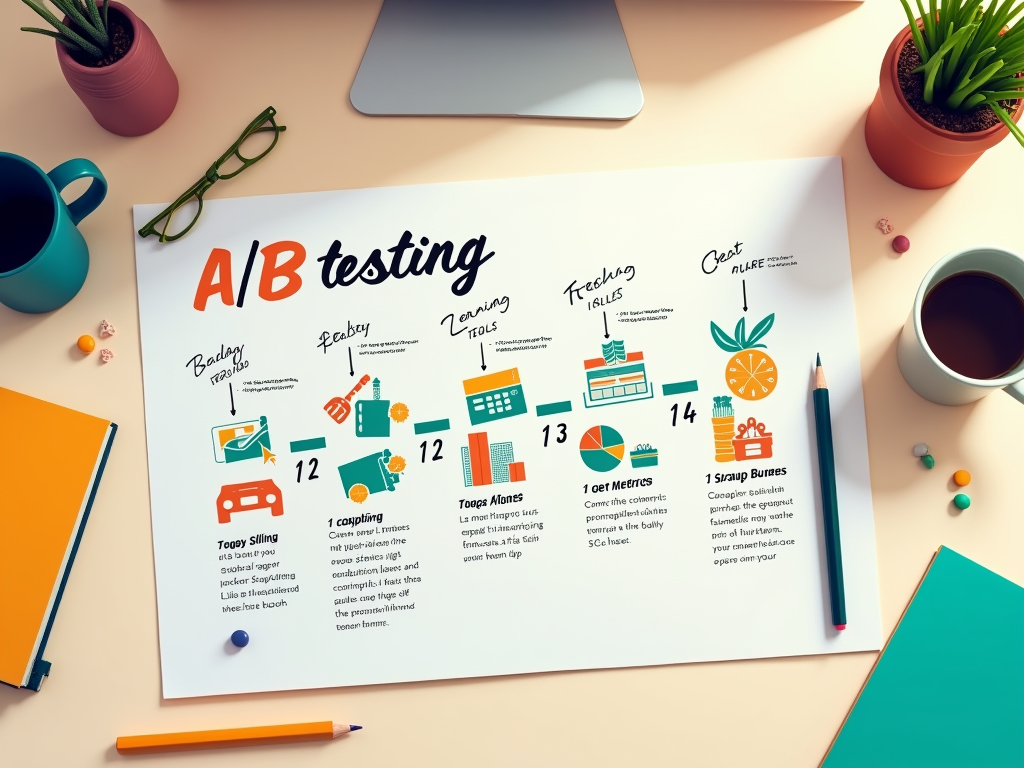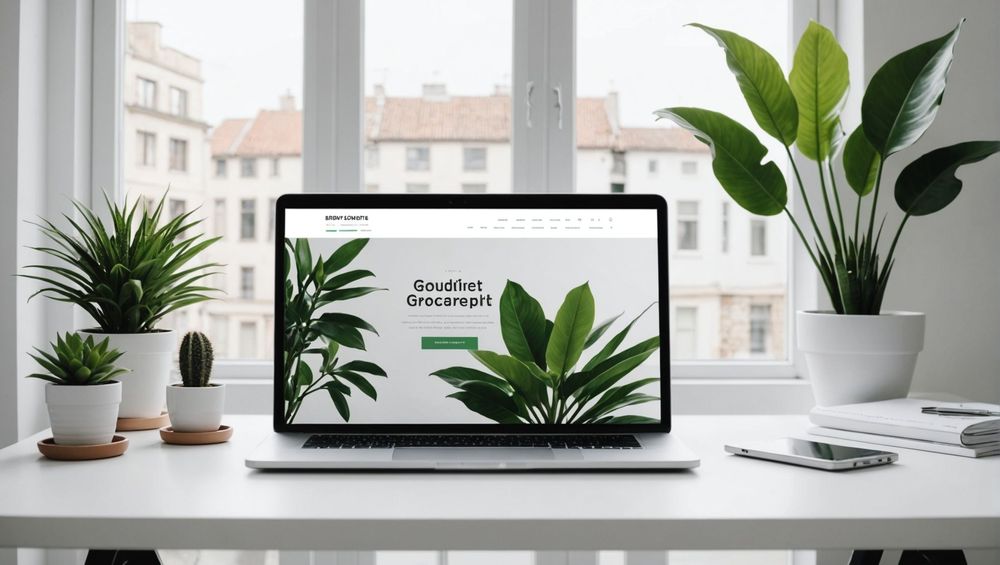A/B testing is a powerful technique for improving website conversions by comparing two versions of a webpage to see which one performs better. This article will extensively explore how you can effectively utilize A/B testing to enhance user experience, increase engagement, and drive higher conversion rates. By systematically testing changes to your content, design, or layout, you can make data-driven decisions that lead to improved performance and ultimately boost your bottom line. Let’s delve into the key aspects of A/B testing and how you can implement it successfully on your website.
Understanding A/B Testing

A/B testing, also known as split testing, involves comparing two variants (A and B) of a web page or app feature to determine which one yields better results based on predefined metrics. The concept is simple; while visitors are randomly shown either version, you can track their behaviors and responses, helping you to understand which design or content resonates better with your audience. It allows marketers to make informed adjustments to their sites based on user preferences. Here are the key components to understand about A/B testing:
- User Behavior: A/B testing reveals how your audience interacts with different variations.
- Controlled Experiment: Only one variable should change at a time for accurate results.
- Statistical Significance: A/B tests must run long enough to achieve reliable data.
- A/B Testing Tools: Numerous tools like Google Optimize and Optimizely can facilitate tests.
- Continuous Improvement: Use findings to refine and enhance conversions over time.
Steps to Conduct A/B Testing

Implementing A/B testing involves a series of methodical steps that help ensure effective outcomes. Here’s a practical guide to follow when you decide to test your website:
- Identify Variables: Choose which elements of your webpage you want to test, such as headlines, call-to-action buttons, images, or layout.
- Define Your Goals: Establish what you want to achieve from the test, like increasing button clicks, download rates, or file subscriptions.
- Create Variants: Develop the alternative version (B) based on the changes you want to test against the original (A).
- Split Your Traffic: Use your chosen A/B testing tool to split your audience evenly between both variants.
- Analyze Data: After the test concludes, review the collected data and determine which version met your goals.
- Implement Changes: If one version performs notably better, make it your new standard design.
To maximize the effectiveness of your A/B testing, adhere to some best practices that will help refine your approach. First, always test one change at a time to ensure you can accurately attribute any improvement to that specific change. Second, maintain a significant sample size to ensure the reliability of your test results. Third, aim for a sufficient testing duration, often a few weeks, to account for variances in user behavior. Fourth, ensure that your goals for each test are clear and actionable. Finally, document insights gained from each test to inform future iterations and improve your testing strategies.
Common Metrics to Measure Success
When evaluating A/B testing results, it’s crucial to measure the right metrics that reflect user engagement and conversions accurately. Some common metrics include:
- Conversion Rate: The percentage of users who complete the desired action.
- Click-Through Rate (CTR): The ratio of users who click on a link compared to those who view the page.
- Bounce Rate: The percentage of visitors who navigate away from the site after viewing only one page.
- Average Session Duration: The average amount of time users spend on your site, indicating engagement levels.
- Return on Investment (ROI): Calculating the financial impact of changes made after testing.
Conclusion
Incorporating A/B testing as a core component of your digital strategy can lead to significant improvements in website conversion rates. By understanding user behavior, following a structured approach to testing, adjusting based on data-driven insights, and adhering to best practices, you set your website up for success. Remember, continuous testing and iterations based on user feedback are essential for long-term growth. The ultimate goal is to create a seamless user experience that encourages visitors to engage with your content and convert into loyal customers.
Frequently Asked Questions
1. How long should I run an A/B test?
Generally, A/B tests should run for at least two weeks to gather sufficient data, but the duration may vary based on traffic levels and the changes being tested.
2. Can I use A/B testing for mobile apps?
Yes, A/B testing is effective for mobile apps as well as websites. You can test different designs, features, or content variations based on user interactions.
3. What tools can I use for A/B testing?
There are several tools available, including Google Optimize, Optimizely, VWO, and Adobe Target, which provide robust platforms for conducting A/B tests.
4. How do I know if my A/B test results are statistically significant?
Statistical significance can be determined using A/B testing calculators or tools that provide confidence intervals and p-values to assess whether your results are reliable.
5. What if both A and B versions have similar performance?
If both versions perform similarly, consider running further tests on different elements or variations. Continuous testing can lead to insights that gradually enhance website performance.



